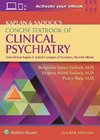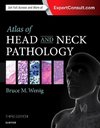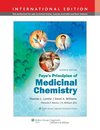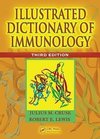
-
 Anglický jazyk
Anglický jazyk
Fibrin Sealant in Operative Medicine
Autor: H. Redl
Fibrin plays a prominent role in wound healing. It has a hemostatic effect, induces cellular response to wound damage,' and, by forming strands to build a matrix, assists in neovascularization and fibroblast proliferation. The concept of using clotting substances... Viac o knihe
Na objednávku, dodanie 2-4 týždne
96.79 €
bežná cena: 109.99 €
O knihe
Fibrin plays a prominent role in wound healing. It has a hemostatic effect, induces cellular response to wound damage,' and, by forming strands to build a matrix, assists in neovascularization and fibroblast proliferation. The concept of using clotting substances from human blood for wound manage ment and to achieve hemostasis in bleeding parenchymatous organs can be traced to 1909, when Bergel [1] reported on the hemostatic effect of fibrin powder. In 1915, Grey [3] employed fibrin to control bleeding in neurosurgical operations of the brain. A year later, Harvey [4] used fibrin patches to stop bleeding from parenchy matous organs in general surgery. It took more than two decades for this ingenious idea to be rediscovered. In 1940, Young and Medawar [8] reported on experimental nerve anastomosis by sealing. Similarly, Tarlov and Benjamin [7] reunited nerves with plasma clots in 1943. Tarlov improved the results obtained with clot anastomosing of nerves by avoiding tension at the nerve stumps. In 1944, Cronkite et al. [2] reported on an initial series of eight cases in which fibrinogen and thrombin had been used successfully for anchoring skin grafts.
- Vydavateľstvo: Springer Berlin Heidelberg
- Rok vydania: 1986
- Formát: Paperback
- Rozmer: 244 x 170 mm
- Jazyk: Anglický jazyk
- ISBN: 9783540167341












